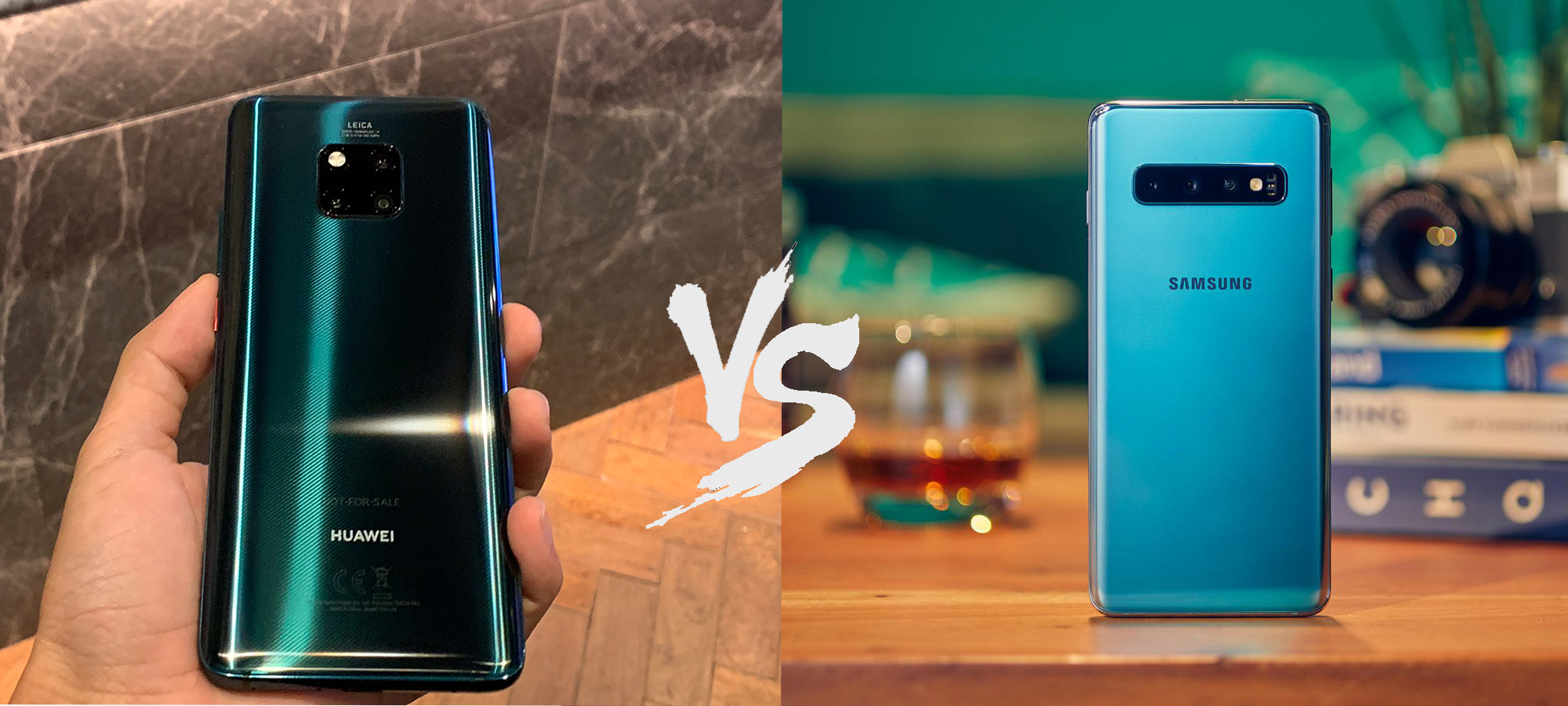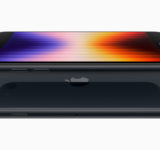Huawei’s Mate 20 Pro has already become a head-turner and as you might have already known that Samsung has recently launched their Galaxy S10 line up and we thought, this might be the time to put the best of the best, head to head against each other at least spec wise till we get our hands on the Galaxy S10.
Build and Design
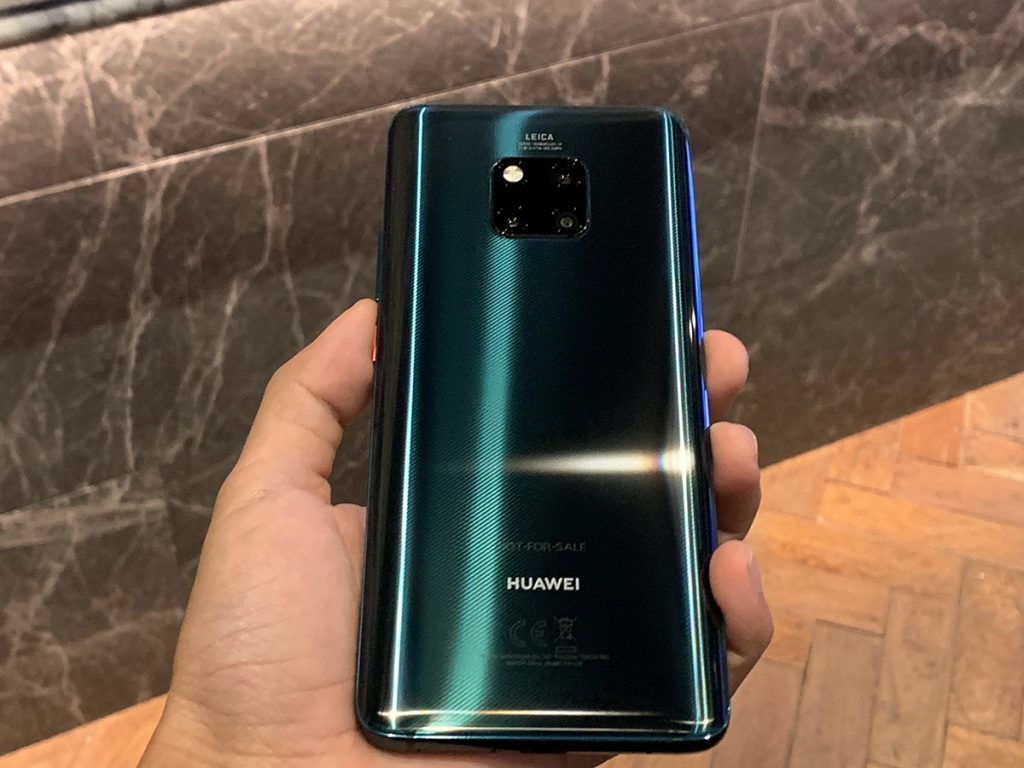
Both the Galaxy S10 and the Huawei Mate 20 Pro, host a glass sandwich design and to say the least, they both look fab. If I had to pick one though, I’d prefer the glass back on the Mate 20 Pro. Glass backs look and feel premium and undeniably, both these devices excel in this department but glass has its own caveats and grip is one of them. The Mate 20 Pro has a textured back, which gives it a firm grip and a little less prone to fingerprints, smudges, and scratches.
Display
Moving on to the displays, The Galaxy S10/S10+ houses a 6.1/6.4-inch AMOLED display with a hole-punch which Samsung likes to call the Infinity-O display with a 19:9 aspect ratio and 1440 x 3040-pixel resolution and a screen too body ratio of 88.3%. On the Mate 20 Pro, we have a 6.39-inch AMOLED panel with 1440 x 3120-pixel resolution and a notch which translates to 87.9% screen to body ratio and 19.5:9 aspect ratio.
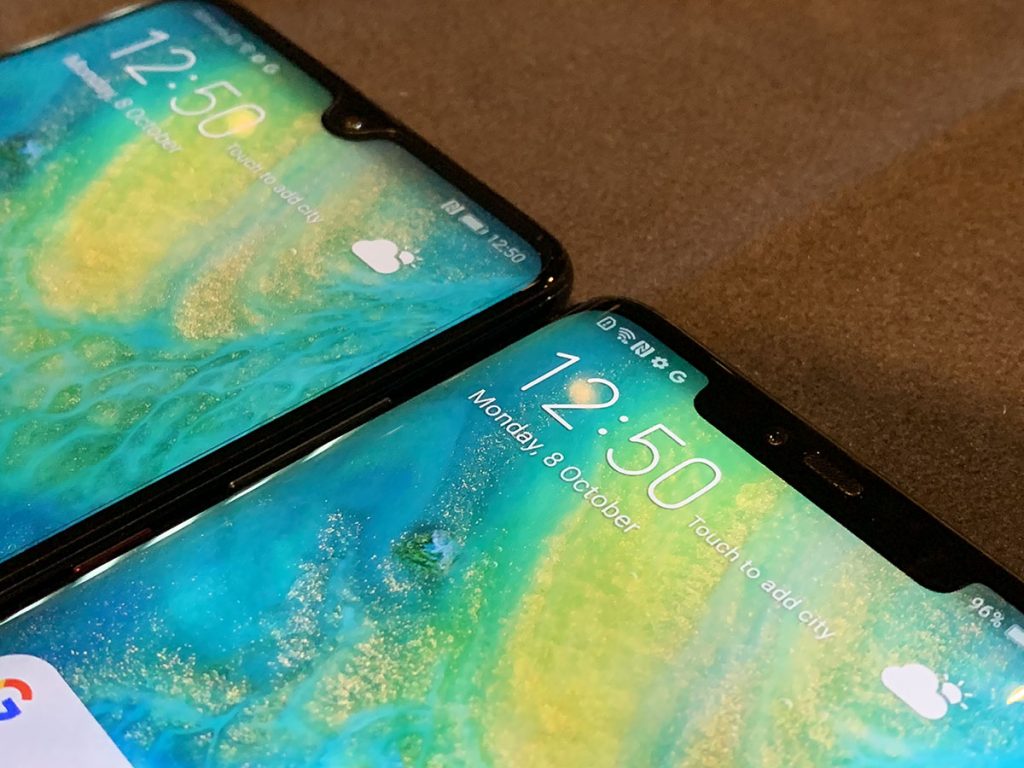
Definitely, the notch seems a bit outdated but you pretty much get used to it anyway, so it depends on your personal preference. Samsung has been the name when it comes to smartphone displays but the Huawei Mate 20 Pro is hands down, possibly one of the best displays on a smartphone. Both the displays support HDR 10 but the Mate 20 Pro with the coverage of DCIP3 color gamut makes a lot of difference in terms of color reproduction, hence, the Mate 20 Pro has a slight edge over the Galaxy S10.
Display: 6.39-inch Quad HD+ AMOLED display
Resolution: 3120×1440 pixel; 538ppi pixel density
Chipset: HiSilicon Kirin 980 7nm chipset
CPU: Octa-core(2 x 2.6GHz Cortex-A76 and 2 x 1.92GHz Cortex-A76 and 4 x 1.8GHz Cortex-A55)
GPU: Mali-G76 MP10
OS: Android 9.0 Pie, EMUI 9.0
Memory: 6GB RAM, 128GB storage; expandable via nanoSD card up to 256GB
Primary Camera: Triple camera setup; 40MP, f/1.8, 27mm wide sensor, 1/1.7-inch, PDAF/Laser AF + 20MP, f/2.2, 16mm ultrawide sensor, 1/2.7-inch, PDAF/Laser AF + 8MP, f/2.4, 80mm telephoto sensor, 1/4-inch, 5x optical zoom, OIS, PDAF/Laser AF
Secondary Camera: 24MP, f/2.0, 26mm wide sensor
Battery: Non-removable Li-Po 4,200 mAh battery; Fast charging with 40W power adapter
Screen: 6.1-inch / 6.4-inch Dynamic AMOLED display, Quad HD+ resolution in a 19:9 aspect ratio, HDR10+ compliant
Rear cameras: Triple-camera: Wide-angle 12MP (77-degree), telephoto 12MP (45-degree), and ultra-wide 16MP (123-degree)
Selfie camera: 10MP, 8MP RGB depth camera on S10 Plus
Processor: Snapdragon 855 or Exynos 9820
Memory: 8GB or 12GB RAM
Storage: 128GB / 512GB (1TB on S10 Plus), expandable via microSD up to 1.5TB
Battery: 3,400mAh (S10) / 4,100mAh (S10 Plus)
OS: Android 9 Pie; Samsung One UI
Performance and Gaming
The major differentiating factor between these two giants has to be the chipsets. The Samsung Galaxy S10 is powered by the latest Snapdragon 855 (7nm) or the Exynos 9820 (8nm) SoC. And in Nepal, we are going to receive Exynos 9820, an SoC built on an 8nm FINFET process. Both the Snapdragon 855 and the Exynos 9820 are octa-core chipsets and are equally powerful. The Mate 20 Pro is powered by Huawei’s in-house chipset — the Kirin 980 SoC which is a 7nm octa-core processor. Does the debate have to be in the gaming area then? Huawei has definitely made a name in the gaming department as well, with its recent smartphones, which makes the line of differentiation pretty thin. Let’s call it a tie.
Storage
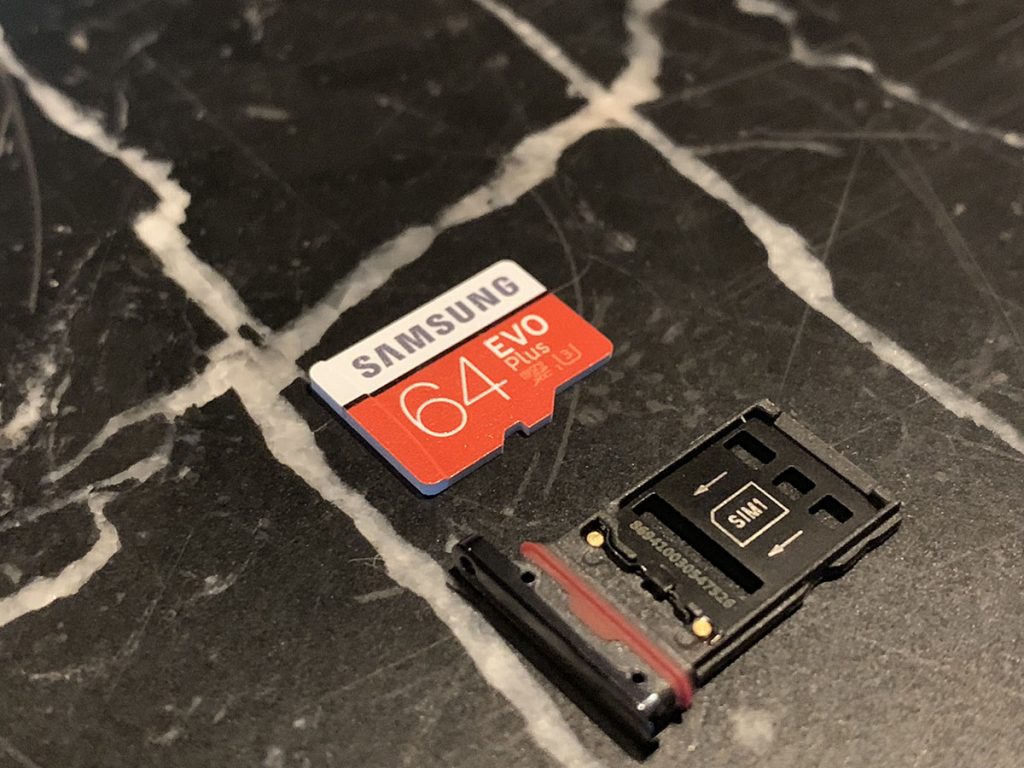
The base variant on the S10/S10+ starts at 128GB with 8GB of RAM and it actually maxes out at 1TB ROM plus 12GB of RAM which is insane and if you think that’s not enough, it actually supports expansion via microSD up to 512GB, taking the memory all the way up to 1.5TB which is also insane but bigger storage translates to bigger numbers in price. The Huawei Mate 20 Pro packs in 256GB of internal storage and 8GB of RAM and can be expanded by another 256GB nano-memory. So it depends on your usage and preferences but for the most part, 256GB is more than enough.
Camera
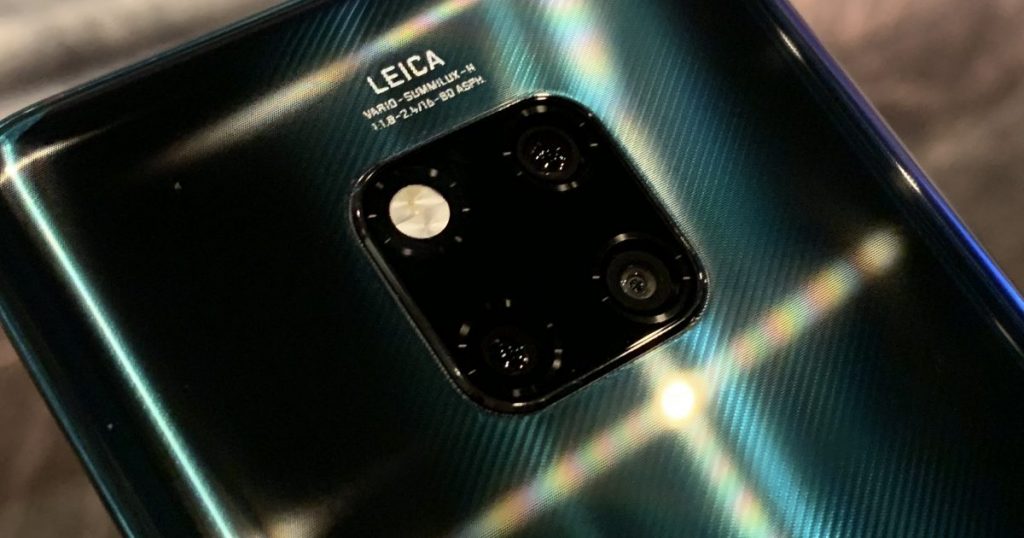
Moving on to the camera or rather the cameras on these, on the Galaxy S10 we have a triple camera setup to the back with a primary 12MP sensor with a dual aperture to switch between f/1.5 and f/2.4, a 12MP f/2.4 telephoto lens and the third one being a 16MP f/2.2 ultra-wide sensor. Samsung phones definitely click some great photos but when it comes to the ultimate winner, the triple cameras on the Mate 20 Pro truly shines (109 on the DXO mark for a reason). The triple cameras on the Mate 20 Pro are Leica branded and it includes a 40MP primary camera with f/1.8 aperture, a 20MP f/2.2 ultra-wide sensor, and an 8MP f/2.4 telephoto lens. All these sensors combined, the Huawei Mate 20 Pro offers 5x hybrid zoom as opposed to 2x optical zoom on the S10.
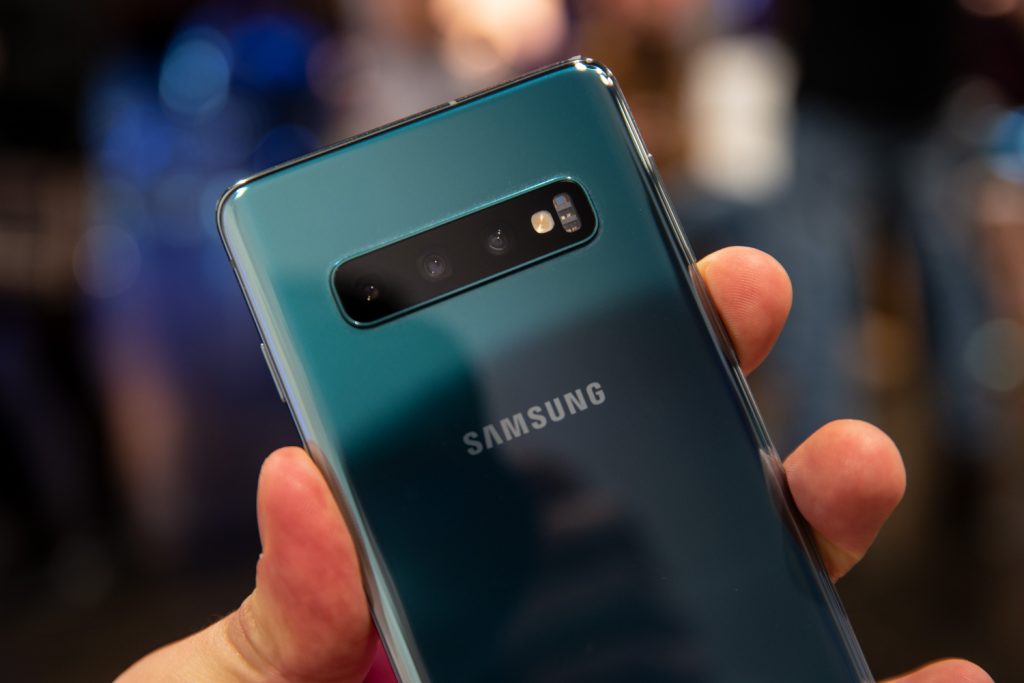
Huawei definitely is miles ahead in this department, with full-fledged manual mode and easy to use light painting modes for ease of use. The lack of OIS hurts but the EIS on the Mate 20 Pro is actually pretty good. So, if you’re someone who is so much into photography but doesn’t want to freak people out with your bulky camera setup, Mate 20 Pro is the way to go.
Here are some of the shots captured from the Mate 20 Pro.
Security
Both the devices have in-display fingerprint scanners. Huawei Mate 20 Pro’s in-display fingerprint scanner feels like a first gen product and lacks accuracy and is not that fast as compared to the ultrasonic in-display fingerprint scanner on the S10. But that hole punch does come at a cost and the IRIS scanner that we thought could be the future of biometrics, is now gone which puts us to the optical face recognition on the S10 while the Mate 20 pro has its own version of Face ID, making face unlock on the Mate 20 Pro a tad bit more secure. But the fingerprint scanner on the Galaxy S10 is more reliable.
Battery
The battery on the Galaxy S10 is 3,400mAh and if you opt for the S10 Plus, it’s 4,100mAh. Regardless of which variant you pick, the 15Watt charging kind of feels outdated now, especially when you put them side by side with the Mate 20 Pro that has a little bigger 4,200mAh battery and supports Huawei’s 40Watt SuperCharge technology which can juice up the Mate 20 Pro from 0 to 70% in just 30 minutes. Both the Mate 20 Pro and the Galaxy S10/S10+ support 15Watt fast wireless charging and they both support reverse wireless charging as well.
Verdict
This is a bit tough. And to make a judgment on the basis of sheer specs is not a great idea, as specs don’t tell you the entire story. Having said that, it depends upon your preferences and it’s totally up to you to wait for the Galaxy S10/S10+ to be launched in Nepal or to get yourself an already awesome Huawei Mate 20 Pro. Without getting our hands on, we can’t outright judge the Galaxy S10/S10+ but what we can ensure you is that the Mate 20 Pro is definitely worth it.
So, will you be waiting for the Samsung Galaxy S10 or will you go for the Huawei Mate 20 Pro? Which one do you pick? Do let us know via the comments below and for more awesome contents, stay tuned to E-Nepsters.


